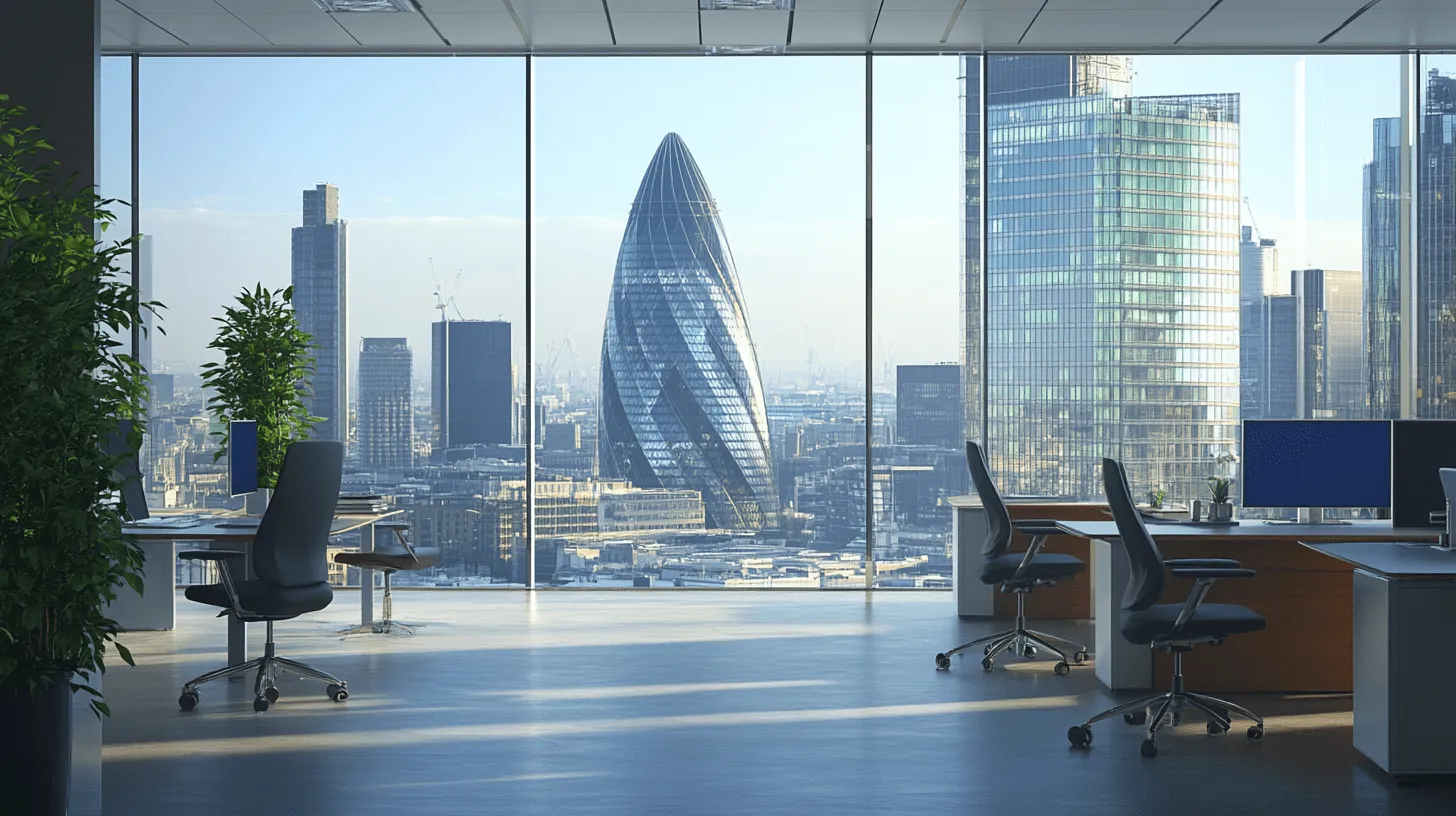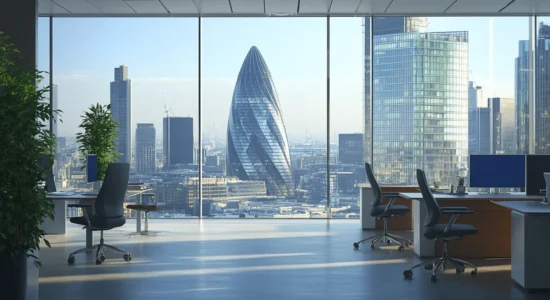1. Introduction
Business centers have become integral to the United Kingdom’s commercial real estate landscape, catering to a dynamic and ever-evolving workforce. From traditional office hubs to cutting-edge co-working spaces, these centers reflect the broader socio-economic and technological shifts within the country. This article delves into the historical development, key milestones, and current trends shaping the evolution of business centers in the UK.
2. The Early Days of Business Centers
The concept of business centers emerged during the UK’s industrial revolution when rapid urbanization increased the demand for centralized office spaces. Cities like London, Birmingham, and Manchester became hubs for commerce and industry, necessitating structured office environments. Early examples include Victorian-era office buildings, often located near transportation hubs to facilitate trade and communication.
During this period, business centers were primarily large, formal office buildings catering to major industries like textiles, shipping, and finance. Their designs emphasized utility, with minimal focus on employee comfort or collaboration.
3. The Rise of Serviced Office Spaces (1980s-2000s)
The 1980s marked a paradigm shift with the introduction of serviced offices. These flexible spaces provided businesses with ready-to-use office environments, complete with essential amenities like furniture, internet, and administrative support. This innovation catered to the growing need for agility among startups and multinational companies alike.
Economic liberalization and globalization played a pivotal role in this transformation. Iconic providers like Regus (now IWG) pioneered the serviced office model, making it a cornerstone of modern business centers. The flexibility and cost-effectiveness of these spaces appealed to a wide range of clients, from small enterprises to corporate giants.
4. The Impact of Technology on Business Centers
The late 1990s and early 2000s saw an influx of technological advancements that reshaped business centers. The integration of IT infrastructure, high-speed internet, and advanced communication tools turned traditional offices into tech-enabled workspaces. The rise of smart buildings, equipped with IoT (Internet of Things) devices, further enhanced operational efficiency.
The dot-com boom also influenced the design and functionality of business centers. Companies began prioritizing collaborative environments that encouraged innovation and creativity, moving away from rigid office layouts.
5. The Era of Co-Working and Hybrid Spaces (2010s)
The 2010s introduced a new era with the rise of co-working spaces, championed by global giants like WeWork. These spaces emphasized community, collaboration, and flexibility, catering to freelancers, startups, and remote workers. Co-working spaces blurred the line between traditional business centers and social hubs, offering amenities like coffee bars, event spaces, and wellness areas.
Hybrid work models further influenced the sector, as businesses sought solutions that accommodated both in-office and remote work. This era highlighted the importance of adaptability in the commercial real estate market.
6. Modern-Day Business Centers
Today, business centers prioritize sustainability, flexibility, and regional diversification. Eco-friendly designs with energy-efficient systems and sustainable materials have become standard. Post-pandemic, hybrid working models have prompted a shift towards decentralized business centers, with increased demand for regional hubs outside London.
Key features of modern business centers include wellness-focused designs, integrated technology, and tailored solutions for diverse industries.
7. Challenges in the Evolution of Business Centers
The journey of business centers hasn’t been without obstacles. Economic recessions, like the 2008 financial crisis, tested the resilience of the sector. Additionally, the growing popularity of remote work poses challenges to traditional office occupancy rates.
Managing tenant retention, especially during uncertain times, requires innovative strategies and a focus on tenant experience.
8. Future Trends in Business Centers
The future of business centers is likely to be shaped by artificial intelligence and automation. AI-driven analytics will optimize space usage, while automation will streamline operations. Design trends may include modular spaces that can adapt to varying tenant needs.
Furthermore, the demand for flexible leases and customized solutions is expected to grow, keeping business centers at the forefront of commercial real estate.
9. Conclusion
The evolution of business centers in the UK mirrors the country’s economic, social, and technological advancements. From traditional office blocks to state-of-the-art co-working spaces, these centers have continually adapted to meet the changing needs of businesses. As we look to the future, innovation and flexibility will remain central to the success of UK business centers.
FAQ
1. What are the main features of modern business centers?
Modern business centers offer flexible leases, eco-friendly designs, and integrated technology. They often include amenities like wellness areas, collaborative spaces, and advanced IT infrastructure.
2. How has the rise of co-working spaces impacted traditional business centers?
Co-working spaces have introduced a focus on community and collaboration, prompting traditional business centers to incorporate similar features to stay competitive.
3. What challenges do business centers face today?
Challenges include adapting to remote work trends, managing occupancy rates, and maintaining tenant retention during economic uncertainties.
4. What future trends are expected in UK business centers?
The integration of AI and modular designs, along with a continued emphasis on sustainability and flexibility, are key trends shaping the future of business centers.

